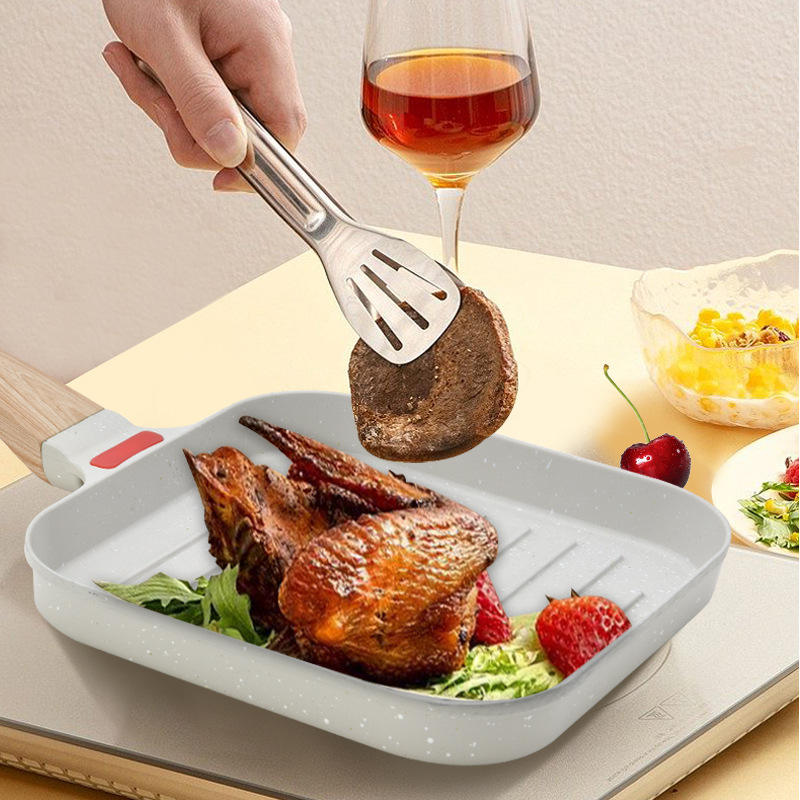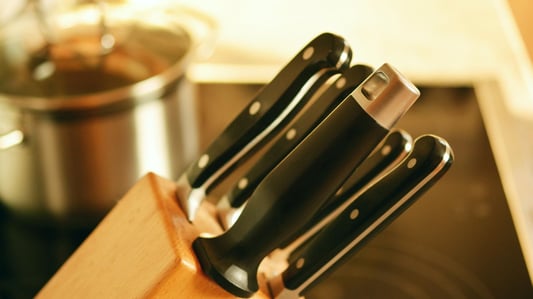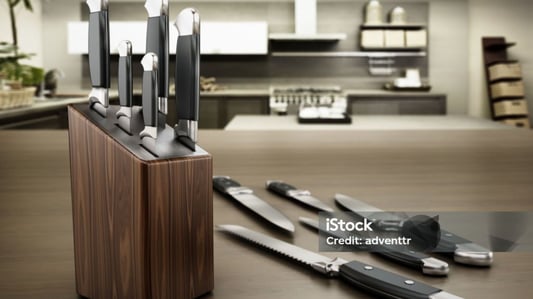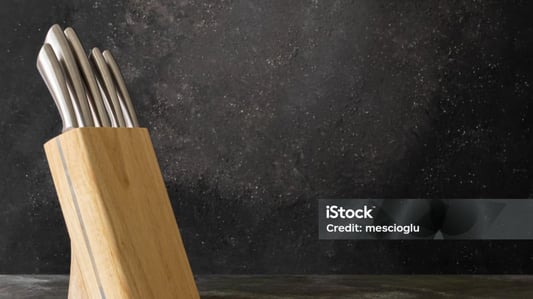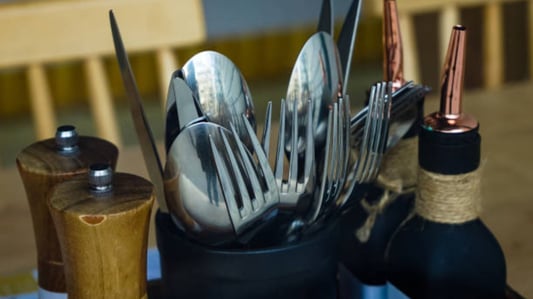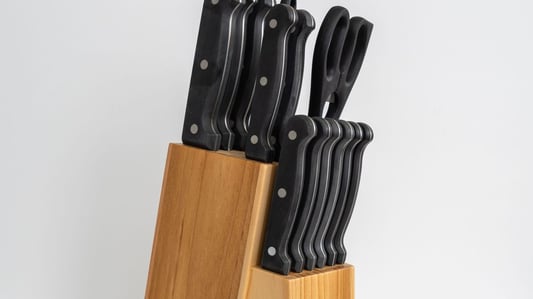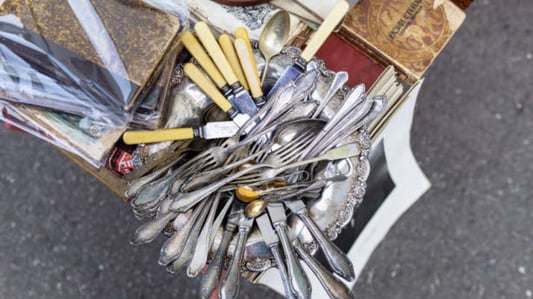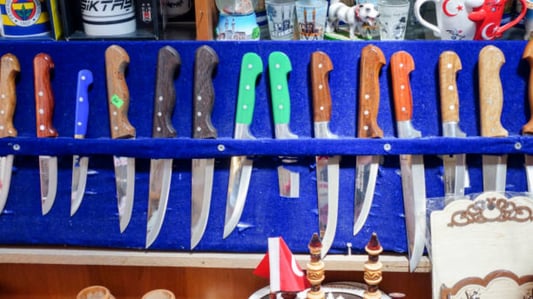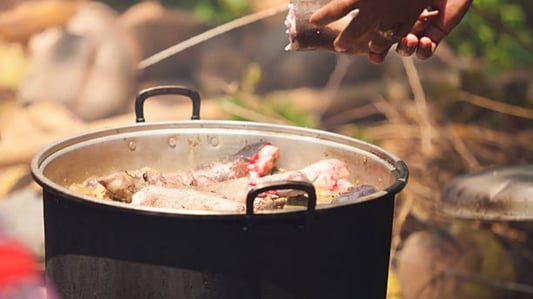Sharp and Durable BladesWhen it comes to selecting a top kitchen knife set, the most important factor to consider is the quality of the blades. Look for sets that feature sharp and durable blades made from high-quality materials such as stainless steel or carbon steel. These materials are known for their ability to retain sharpness and withstand regular use in the kitchen.Ergonomic Handles for ComfortIn addition to sharp blades, ergonomic handles are crucial for a top kitchen knife set. Comfortable handles will allow you to chop, slice, and dice with ease, reducing the risk of hand fatigue and strain. Look for sets with handles that are designed to fit comfortably in your hand and provide a secure grip for ultimate control.Variety of Knife TypesA top kitchen knife set should include a variety of knife types to accommodate different cutting tasks. Look for sets that include essential knives such as a chef's knife, paring knife, serrated knife, and utility knife. Having a range of knife types will ensure that you have the right tool for every cutting job in the kitchen.Stylish Storage OptionsWhen selecting a top kitchen knife set, consider the storage options that come with the set. Look for sets that include stylish storage solutions such as a knife block or magnetic strip. Proper storage not only keeps your knives organized and easily accessible but also helps to protect the blades from damage.Easy Maintenance and CareMaintaining and caring for your kitchen knives is essential to ensure their longevity and performance. Look for sets that are easy to clean and maintain, such as dishwasher-safe knives or sets that come with a blade sharpener. Proper care will help to keep your knives in top condition for years to come.Professional Grade QualityFor serious home cooks and professionals alike, a top kitchen knife set should offer professional-grade quality. Look for sets that are designed and crafted by reputable brands known for their high-quality kitchen tools. Investing in a professional-grade set will ensure that your knives are up to the task of any culinary challenge.Value for MoneyWhen shopping for a top kitchen knife set, consider the overall value for money. While quality sets may come with a higher price tag, they often offer superior performance, durability, and longevity compared to cheaper alternatives. Investing in a high-quality set will pay off in the long run with reliable performance and lasting sharpness.Customer Reviews and RatingsBefore making a purchase, be sure to read customer reviews and ratings of different top kitchen knife sets. Reviews from real users can provide valuable insights into the performance, durability, and overall satisfaction of a particular set. Look for sets with high ratings and positive feedback to ensure you're getting a top-quality product.Gift-Worthy PresentationA top kitchen knife set makes for an excellent gift for home cooks, culinary enthusiasts, or newlyweds. Look for sets that come in a gift-worthy presentation, such as a sleek box or elegant packaging. Giving the gift of a high-quality knife set shows thoughtfulness and consideration for the recipient's culinary needs.Long-Term InvestmentUltimately, a top kitchen knife set is a long-term investment in your culinary skills and kitchen efficiency. By choosing a set that meets your specific cutting needs, offers professional-grade quality, and provides value for money, you'll be equipping yourself with the tools necessary for success in the kitchen for years to come.Quote InquiryContact us!

